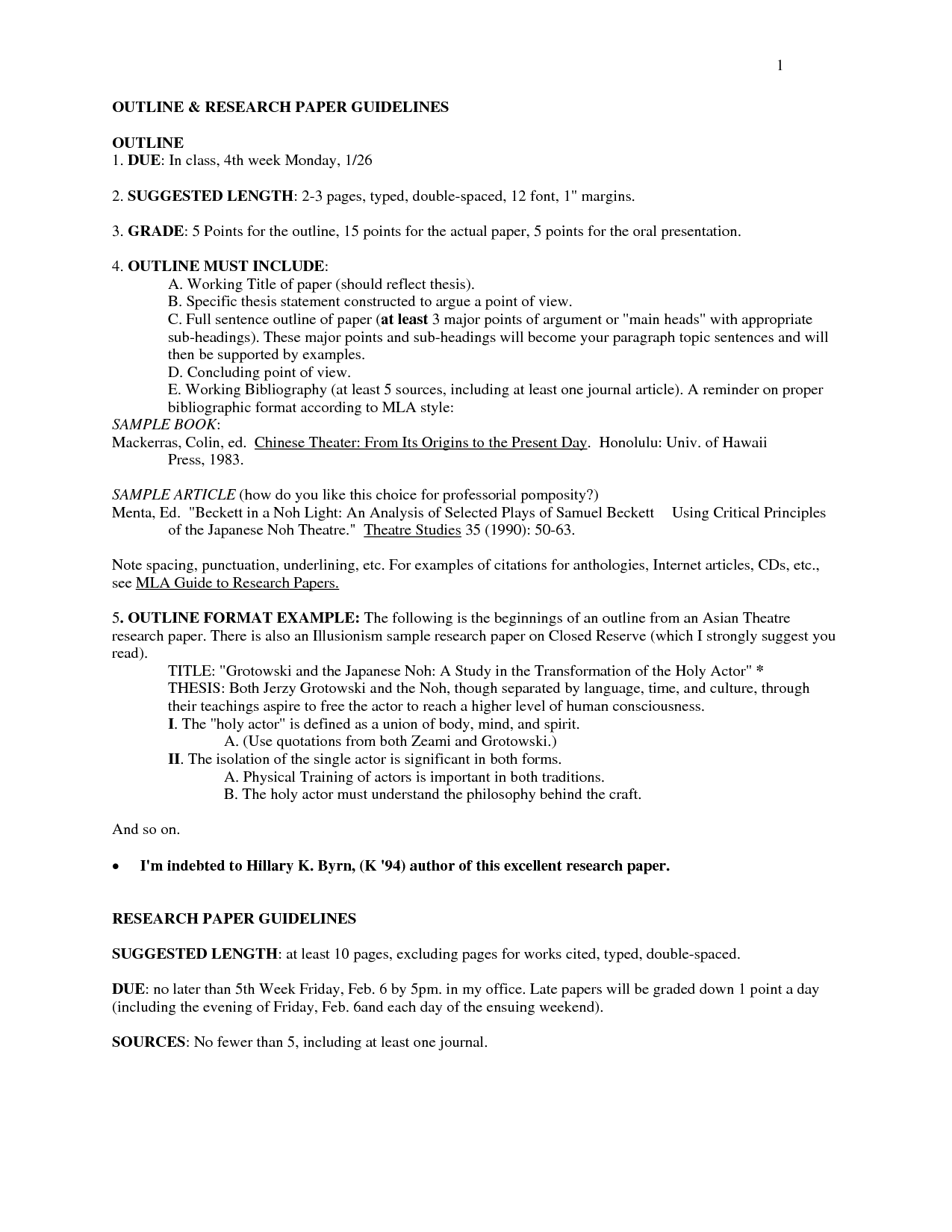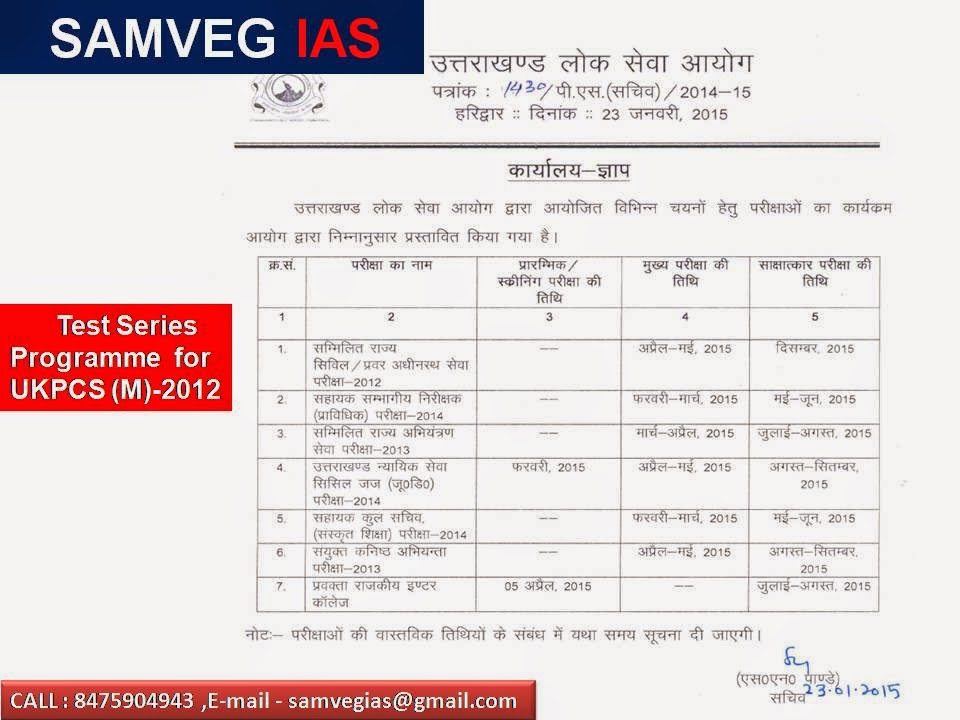Fluorescence Activated Cell Sorting - BioStatus.
Fluorescence-activated cell sorting (FACS) offers a high-throughput means to quantify fluorescent indicators for a variety of cell and tissue applications. It has long been used to analyze a multitude of cellular characteristics ranging from cell size to organelle abundance to specific protein levels (1).Fluorescence-activated cell sorting (FACS) An antibody specific for a particular cell surface protein is associated to a fluorescent molecule and then added to a mixture of cells. For fluorescence when the specific cells pass through a laser beam they are monitored.Fluorescence activated cell sorting (FACS) has become a standard technique to simultaneously stain, analyze, and sort living cells based on the measurement of visible and fluorescent light emission.
Using cell sorting based on flow cytometry enables cell identification and cell sorting at the individual cell level. Fluorescence-activated cell sorting, also known as fluorescence-assisted cell sorting, allows for several parameters to be used to identify the cells of interest, and single-cell sorts can be performed.Fluorescence activated cell sorting (FACS) is routinely used in pharmaceutical and biotechnology companies to isolate cells. Typically, the cells in suspension are “tagged” with fluorescent antibodies. This tag allows for pertinent cells to be identified and isolated into a liquid medium for further analysis. The biological applications for.

Thefluorescence-activated cell sorter (FACS) is a sophis- ticated, computerized laser illumination system that is used both foranalysis andfor separation ofcells in suspension(1, 4, 6).











